People are on the side of Wuhan, how many docks do you board?
Author:Changjiang Daily Time:2022.08.16
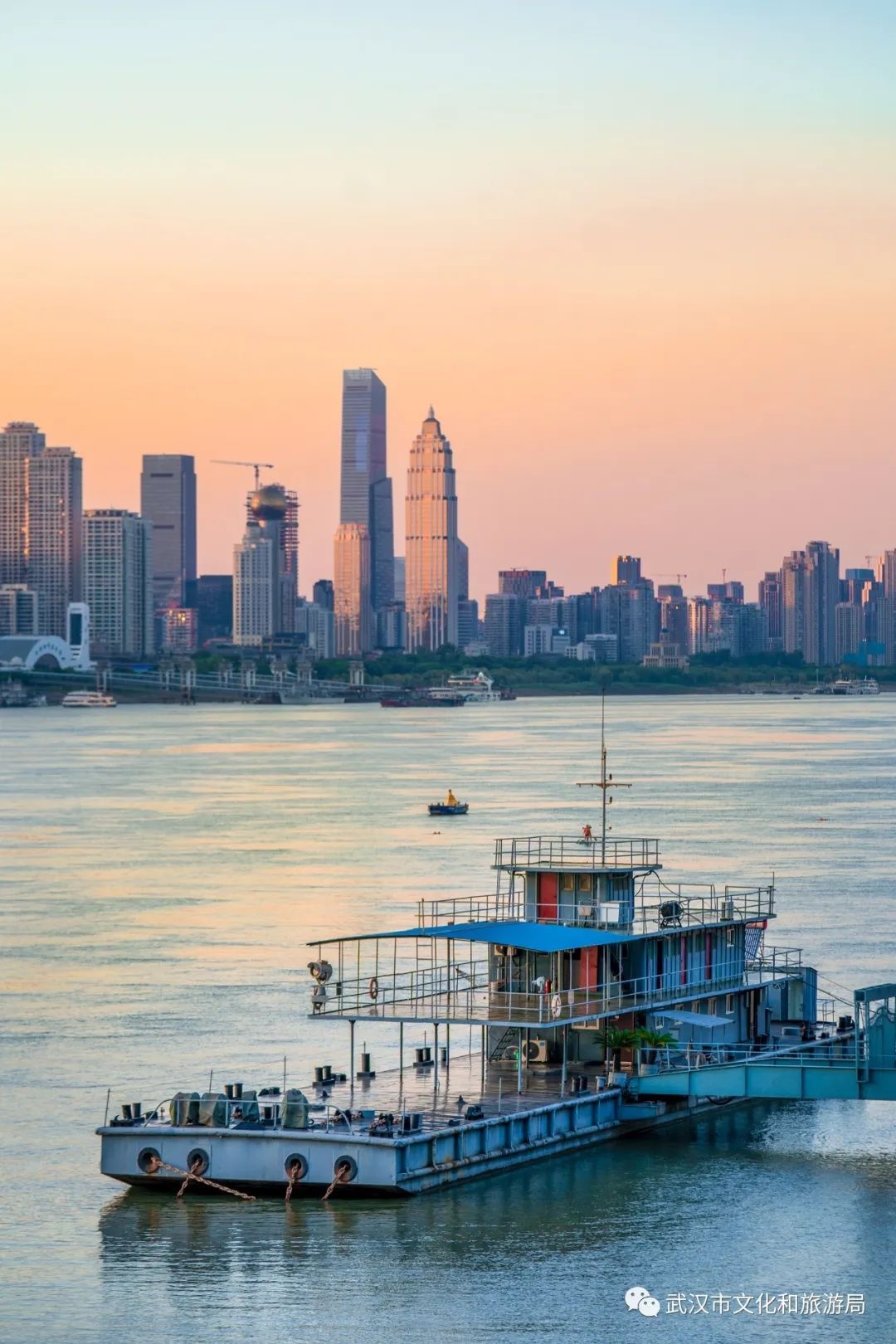
Recently, the upstream rainfall has decreased, and the water level in Wuhan Pass, Yangtze River is 17.57 meters. This is the lowest water level in history since 1865 with hydrological observation records.
Wuhan people who grew up on the Yangtze River always paid attention to the changes in the river. Whether it is rising or precipitation, take a look at it. The Yangtze River gave birth to the lifestyle of Wuhan people. He went to the river to listen to the vapor flute, go to Zhonghua Road Wharf to take a round of the river, and watch the performance on the conscience.
"Pier" is a common word in the mouth of Wuhan.
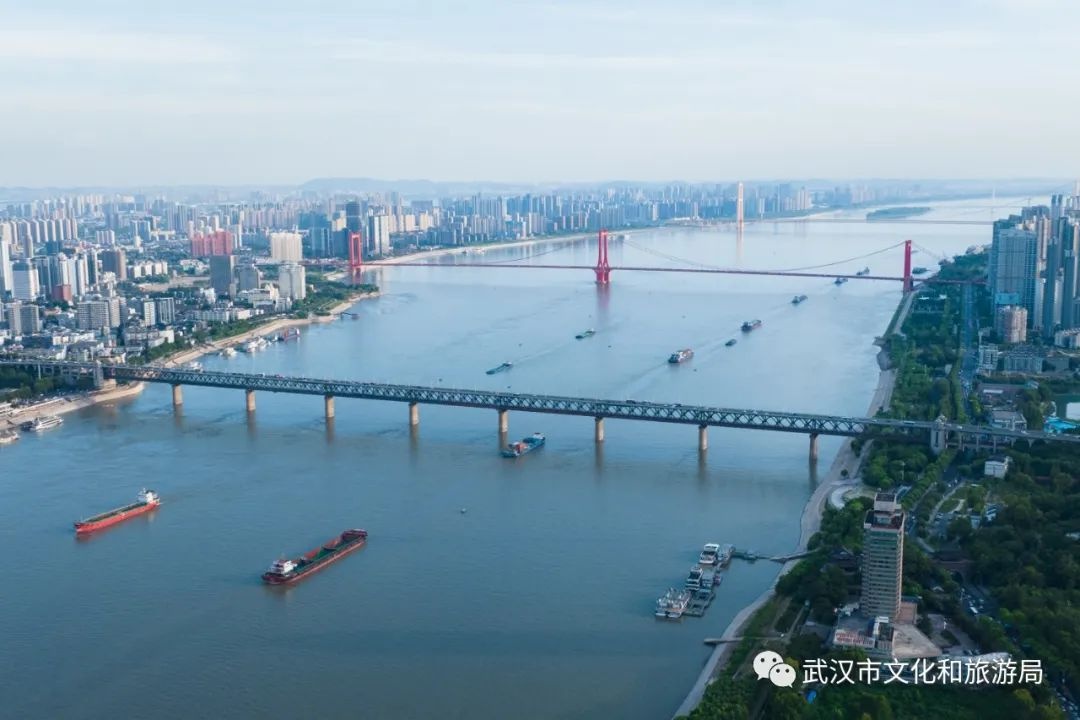
During the Ming and Qing Dynasties, Hankou became the largest distribution center for supplies and goods in North and South China. The developed water and land transportation made Hankou interchange in all directions. By 1937, there were 144 docks in Wuhan Port, and the dedicated docks, such as ferry, rice, chant, bamboo and wood, etc.
Since the Tang and Song dynasties, Wuhan in the Han River and the Yangtze River has become a prosperous port city. Until the end of the 19th century, Hankou opened a port and became a well -known business town. Wuhan is a city that has risen from the pier. In addition to the familiar ferry and barge, what are the docks left in Wuhan?


In the eyes of Hankou people, the Paygong house recorded a century of history. Half a century ago, 138 residents lived in the Pakistani house. Parents were short and cashmere oil and salt, which was warm.
At the intersection of Poyang Street, the 112 -year -old "Bagong House" entered the last stage of repair. Soon after, this building will be reopened. The birth of this house is closely related to the dock. Hankou connecting the north and south has become an important part of Wanli Tea Ceremony. The tea ceremony must not only pass Hankou, but many of the tea leaves are processed into brick tea in Hankou, which has spawned the birth of the factory. After 1861, Hankou became the largest portfolio of tea in China and ports in which the tea was lost (60%of the country's tea output from Hankou Port), known as "Oriental Tea Port".
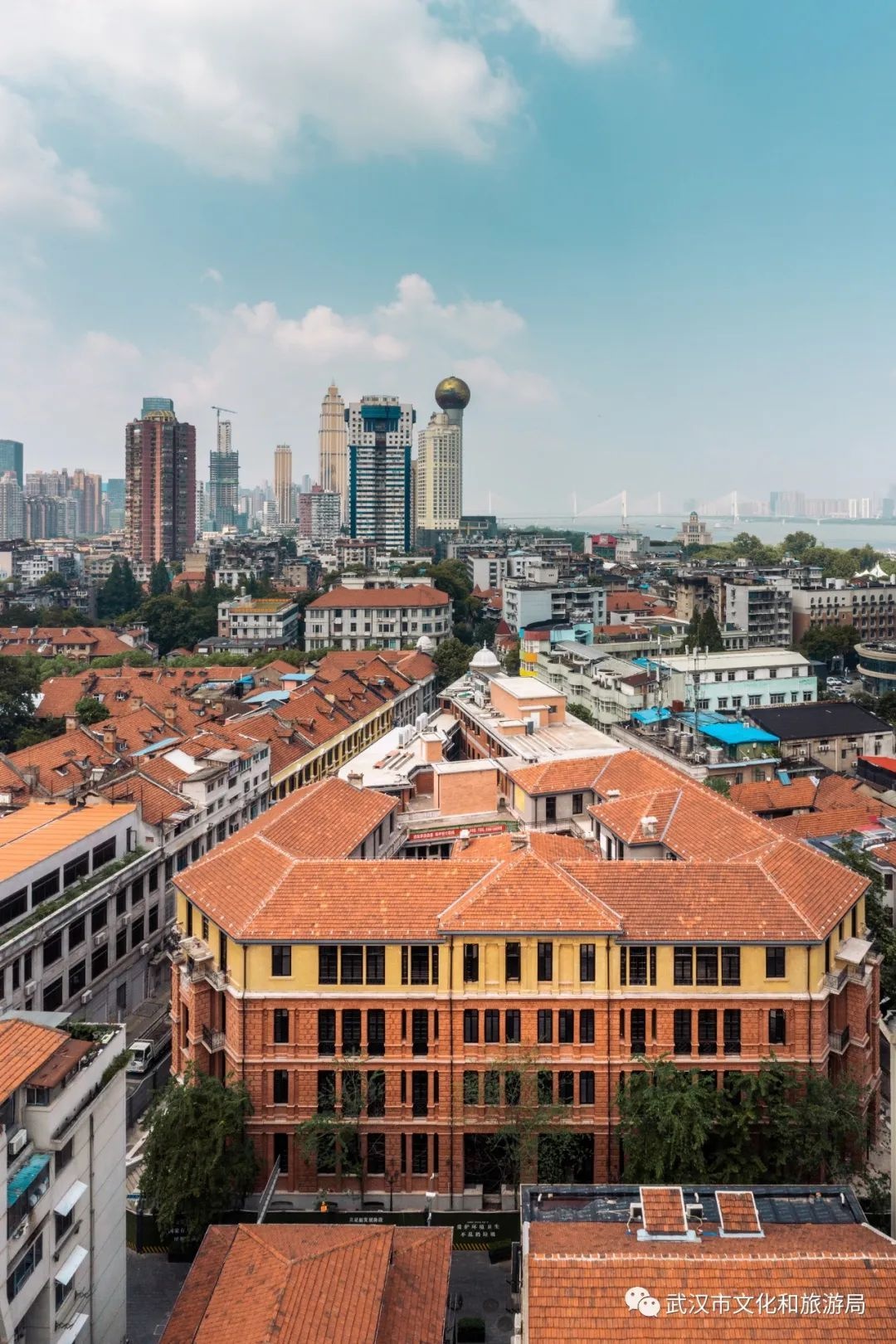
In 1847, the Russian J.K Banov founded the "Fuchang Brick Tea Factory" in Hankou. His brother Zino Banov was an engineer. He developed a steam -type tea press, which made the Fuchang brick tea factory jump at that time. The largest tea factory.
In 1910, the two were built on the Pakistani house on Poyang Street. It took 10 years to complete. In addition to living, it was planned to rent it to other businessmen.
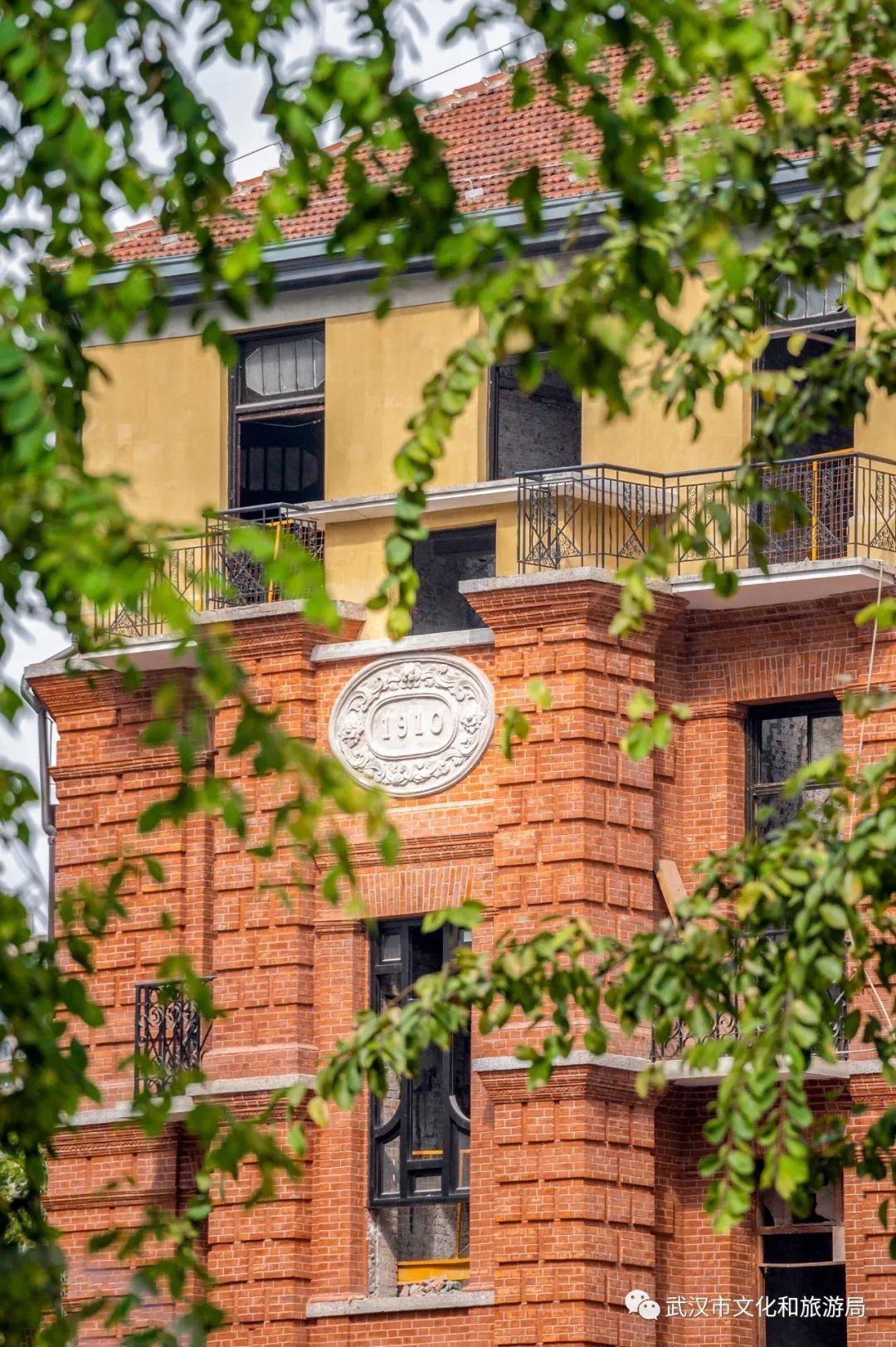
Fuchang Yangxing's influence at the time was extraordinary. The road near Yangxing was renamed Fuchang Road, which is Nanjing Road, Hankou.
In addition to brick tea factories, Hankou has also become a gathering place for other modern factories.
Today, the "Pinghe Packing Factory" of Qingdao Road in Hankou has become an Internet celebrity punch place. More than 100 years ago, this is a British businessman acquired the Jianghan Plain cotton. Process export).

The factory uses a large number of machines to promote the development of Hankou City's modernization (the picture shows the Pinghe Packing Factory).
At dinner, a bunch of old ladies gathered at the door of the "Big Glove Barbecue" for more than ten years. The house looks older than a barbecue restaurant. More than 100 years ago, there was a "praise soda" that was popular in Wuhan, which was earlier than the second factories soda, martial arts and soda.


Living in the Baoqing community, you can see the Qingchuan Bridge pushing the window.
Near the Qingchuan Bridge, next to Hanzheng Street, a high -rise building is growing. It used to be "Baoqing Community", and there is also a "Baoqing Wharf" by the Hanjiang River. If you hear the authentic Hunan dialect here, don't be surprised. Like the name "Baoqing", they have a close relationship with the dock.
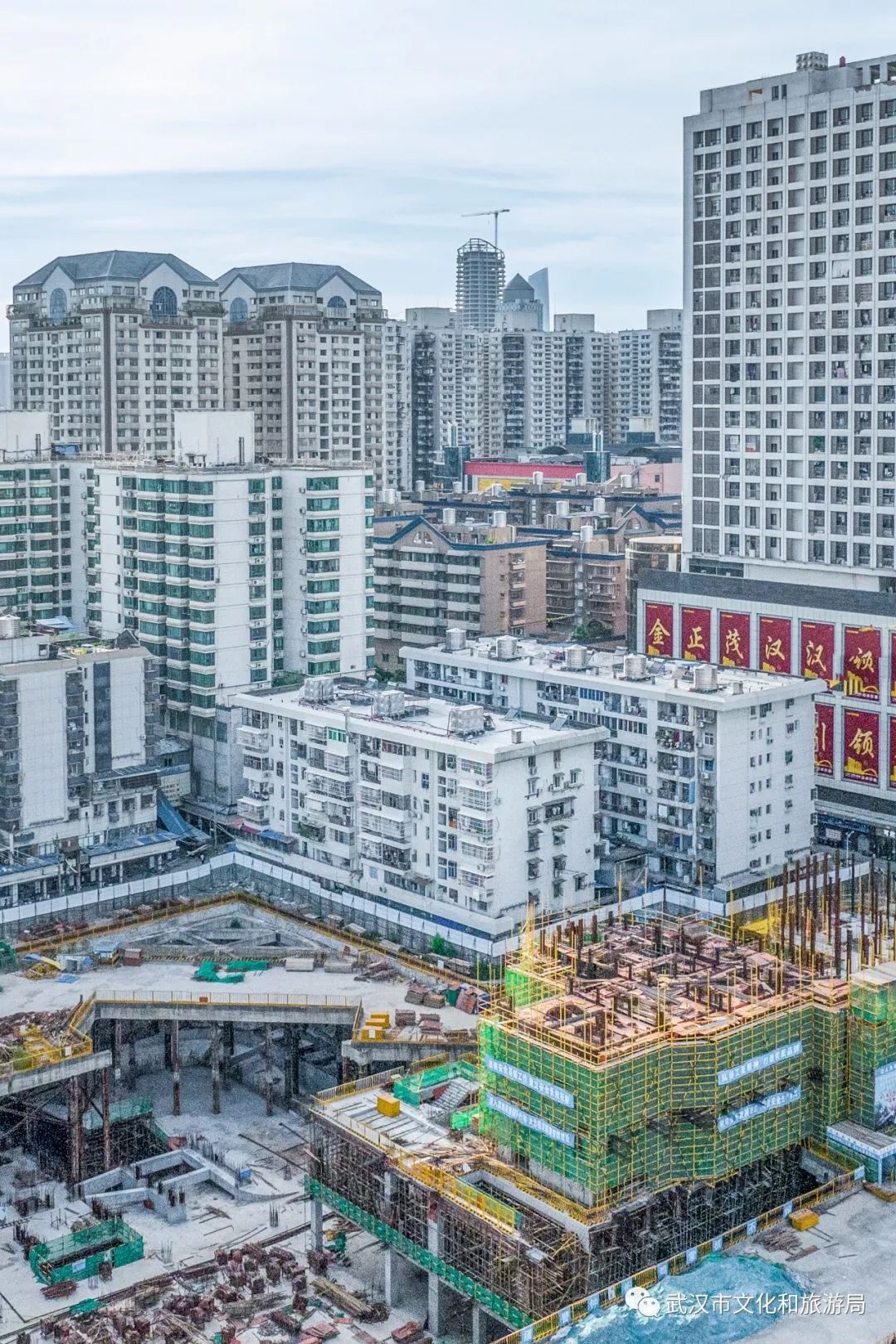
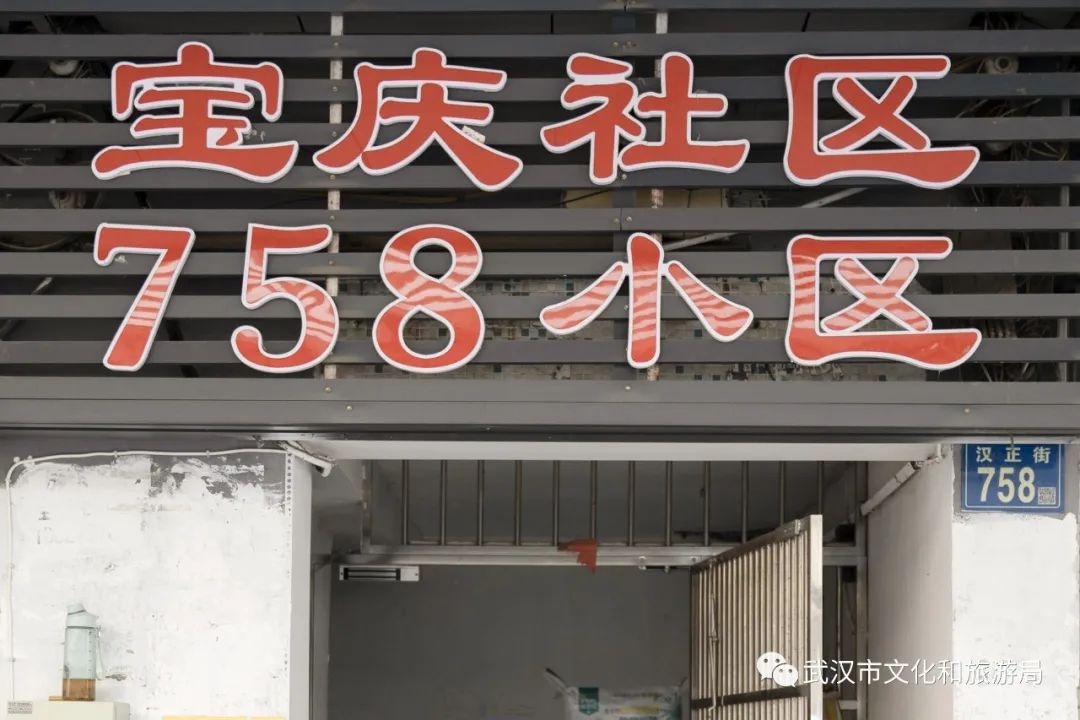
The convenient water transportation is business opportunities. The earliest dock in Wuhan can be traced back to the Eastern Han Dynasty. Since ancient times, it has been a commercial town. It has attracted many people in Jiangxi, Hunan and other places to come to the "pier" (the two small white buildings in the center of the figure above are Baoqing. The remaining buildings in the community).
Baoqing was the historical title of the Ming and Qing Dynasties of the Shaoyang area of Hunan. Hunan was rich in high -quality bamboo and wood. As early as the end of the Yuan Dynasty, the locals had taken the river to Wuhan to "break through the dock". Wuhan once became a bamboo and wood trading center. More than 100 years ago, the people of Baoqing in Hunan gathered in the pier by the Han River to transport the local coal, tea oil, and tung leaves that were rich in local coal to Wuhan for business. Baoqing Wharf, Baoqing Community and other place names have also emerged.

The "Yangsi Port Yangtze River Bridge" connected to Hanyang and Baishazhou, because of its unique "golden autumn yellow", has become a punch place that young people like. The main bridge is over 1700 meters, and the record was broken when it was opened to traffic.
"Yangsi Port" is also related to the dock. Hunan people believe in the water god Yang Si. At the end of the Qing Dynasty, the businessmen gathered on the parrot continents established the "Yangsi Temple" of the hall, and the name Yang Si was left.

Last year, "Wuhan's only Qingshiling Road" swiped screens on the media. This road laid from the Qing Dynasty has been 150 years. The alley is called "Yao Gang Lane", which is located near Hanzheng Street. As early as the end of the Ming Dynasty, the medicine farmers in Huaiqingfu, Henan, carried local land yellow, yam and other Chinese medicinal materials to Hankou to do business. They set up stalls in an unknown alley in Qiaokou. Later, medicinal materials vendors came here to do business. This The alley is named "Yao Gang Lane".
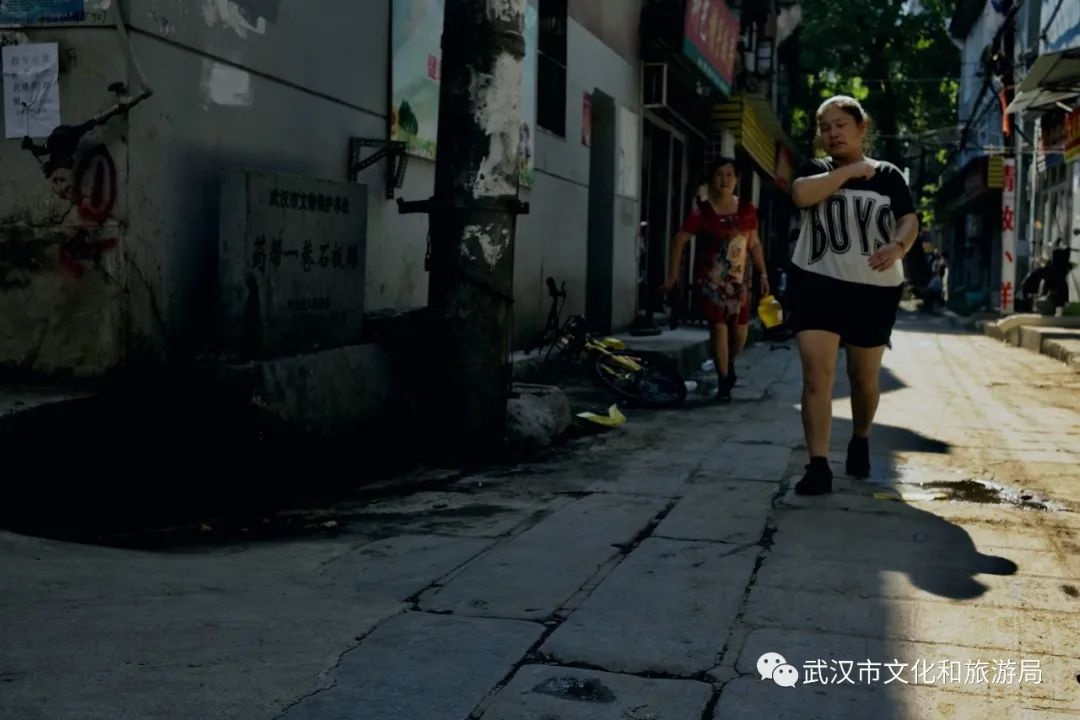
Picture source/Weibo@Zeiss Flash


The convenience of shipping allows people in the four seas to come south to north through the watercourse. The ship brought the literati from various places to Wuhan, leaving a lot of beauty. In the Spring and Autumn Period, Confucius came to the Chu Kingdom and sent his disciples to "ask" to the locals when he passed Wuhan (asking the location of the ferry terminal), and "pointers fascinated" from this; When I met in Cai Dian, legendary legends of "mountains and rivers encountering friends".

Later, Wang Wei was "sent to the prince of Kang" in Wuhan. Wang Changling "sent Feizi to Wuchang" in Wuhan. Called "Wuhan Social Prince". The ships are moored by the dock in Wuhan. The Yangtze River has thousands of sails, and the creative themes are sent to the front. It must be a poem. The literati waved a lot, leaving many poems related to Wuhan Wharf.
In the Tang and Song dynasties, the ancient parrot continents (sinking now) are the famous ports. The dense merchant ships stop at the parrot continents to rest, and the wine shops on the continent are lined up in a row. In the evening, the singer sang in the wine restaurant, like karaoke scene.

Fan Chengda of the Southern Song Dynasty recorded the grand occasion of Parrot Island in "Wu Yuan Lu": "Noon to Hubei. Under the southern embankment of Parrot Island. Nanshi is outside the city, tens of thousands of houses along the river. Line is like a row. Jiuyoulou columns are particularly magnificent, and there is no comparison of the outer counties. "
In the Qing Dynasty, the trade by the Hanjiang River was more developed. Ye Tiayuan wrote a song "Hankou Bamboo Branch": "The Hanjiang River in the mouth of Longwang Temple, the waves are shocked like an arrow.簰 簰. "

There is only one reason to get up early in Wuhan, which is premature. Early early, let the gods Cai Lan praise Wuhan as the formation of the "premature" culture of Wuhan in Wuhan. It is inseparable from the wharf of the Yangtze River. The traders and workers from the south of the world gathered here.

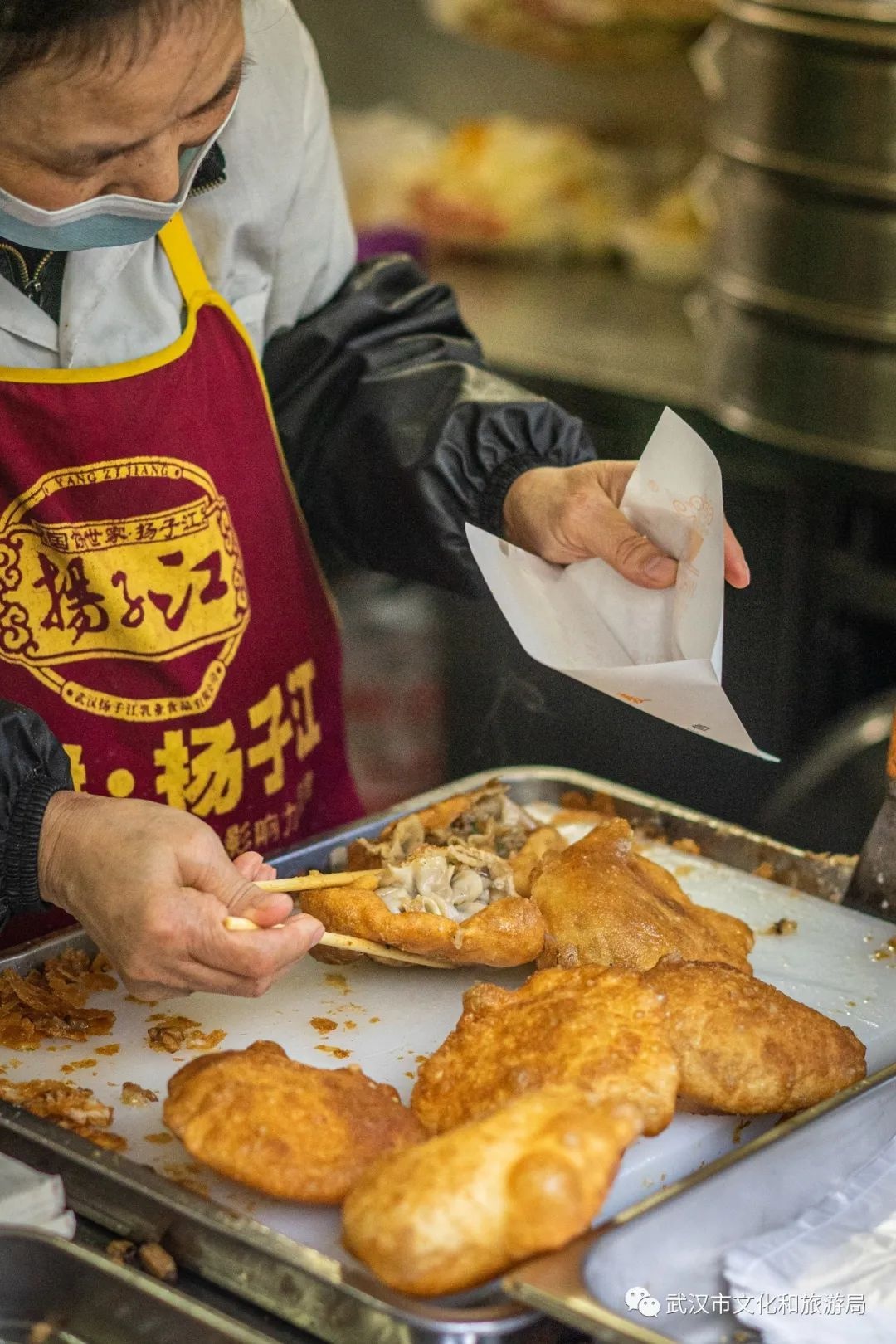
At the beginning of the 20th century, there were many processing plants in Wuhan. Among the light industry, the flour factory developed well, and also laid the foundation for Wuhan people to eat noodles and carbohydrate breakfast. Carbon snacks such as beans, fried buns, oil cake buns, etc. are low in price and strong. They are the favorite of dock workers.
Later, Laotong City was well -known nationwide with the improved Sanxian bean skin, and Chairman Mao tasted twice.

Jin Yong, who has never set foot in Wuhan, was also attracted. In Chapter 25 of his novel "Swordsman", "Hearing News", Linghu Chong was ready to go to Songshan Shaolin Temple to rescue Yingying. Live three plates of bean skin.
"Linghu Chong went to the north, and when he was in a large town, he walked into a restaurant. Hubei's most famous snacks were bean skin, which made of bean flour into powder skin, wrapped in dishes, and very delicious. Pay the account.
Today, people love it more than the energy of carbohydrate breakfast. It is delicious with a cup of mung bean soup in summer.
Since there is the "Zhiyin", I have loved to go to Sanyang Square for walking to Hankou Jiangtan.
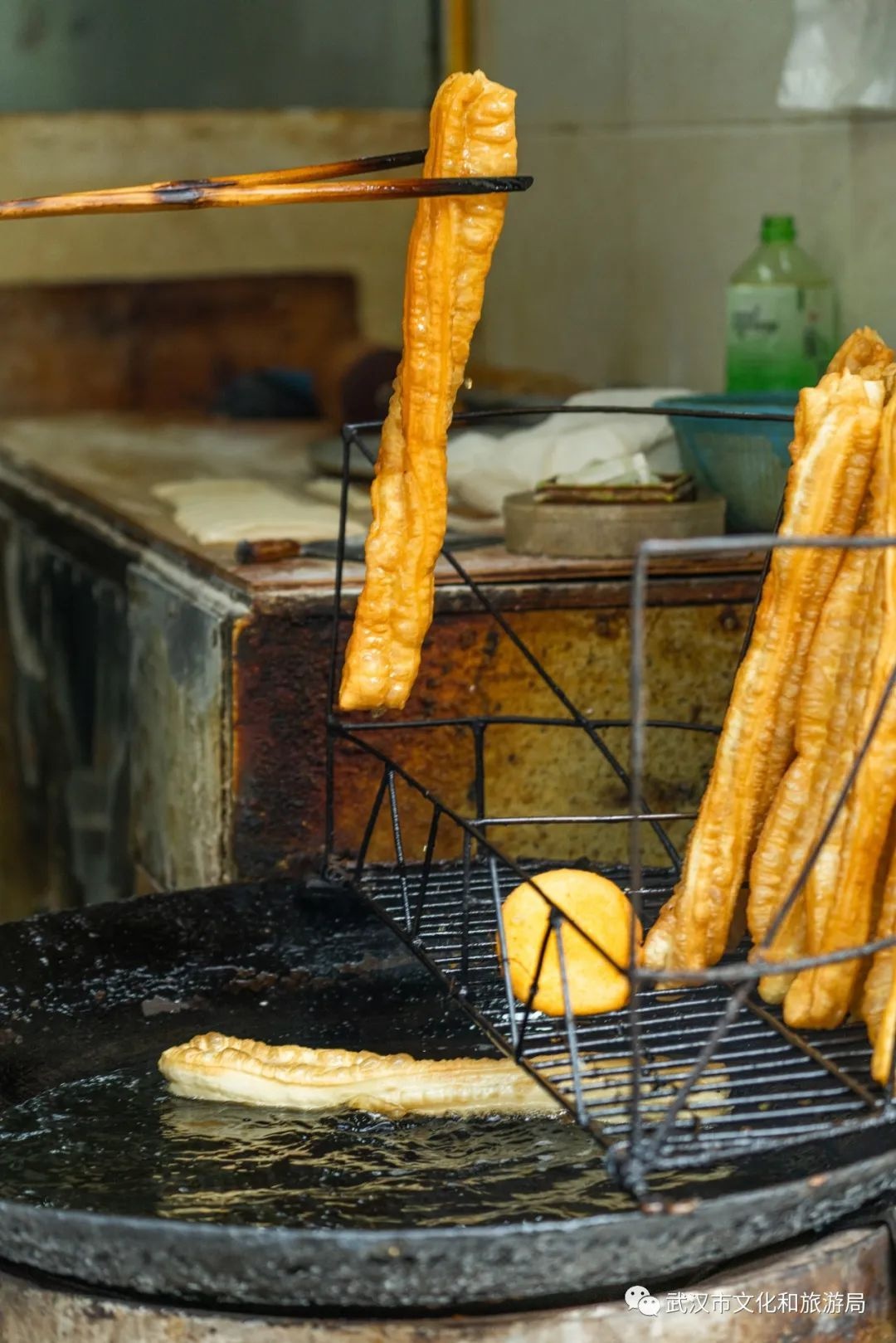

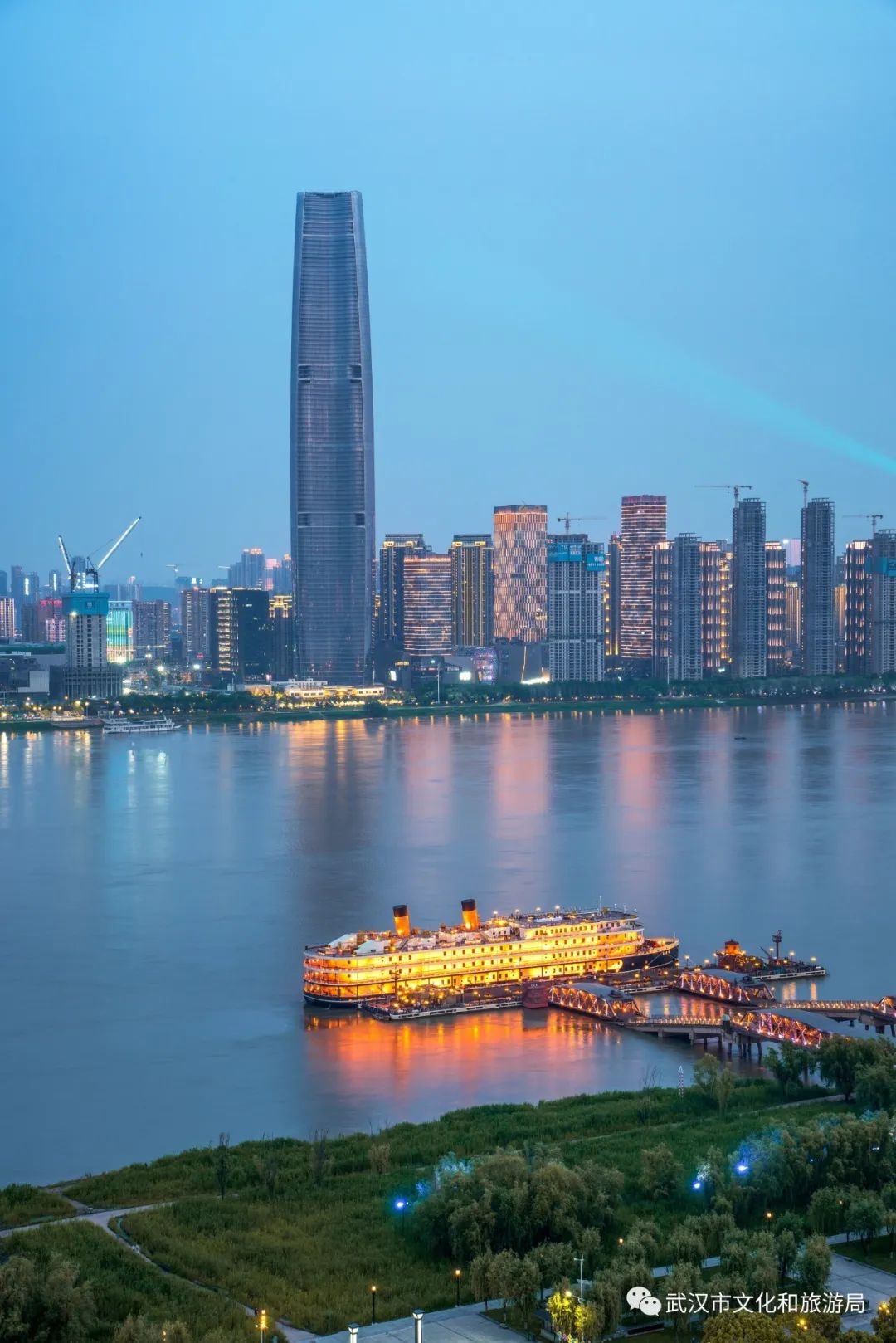
This ship that can be performed and has a beautiful ship was manufactured by Wuhan local enterprise "Wuchang Shipyard" (now renamed "Wuchang Shipbuilding Heavy Industry Group Co., Ltd."). The "Wuchang Shipyard" was founded in 1934. The familiar ferry and the two rivers cruise ships that are familiar with Wuhan people are produced in the "Wuchang Shipyard".
Wuhan with many deep water and excellent ports, construction shipyards have innate advantages. According to public reports, the main business of the "Wuchang Shipyard" is to manufacture submarines and other military ships. The 039 -level submarine used by the Chinese Navy now has fast underwater navigation speed and excellent concealment. They are manufactured by martial arts.
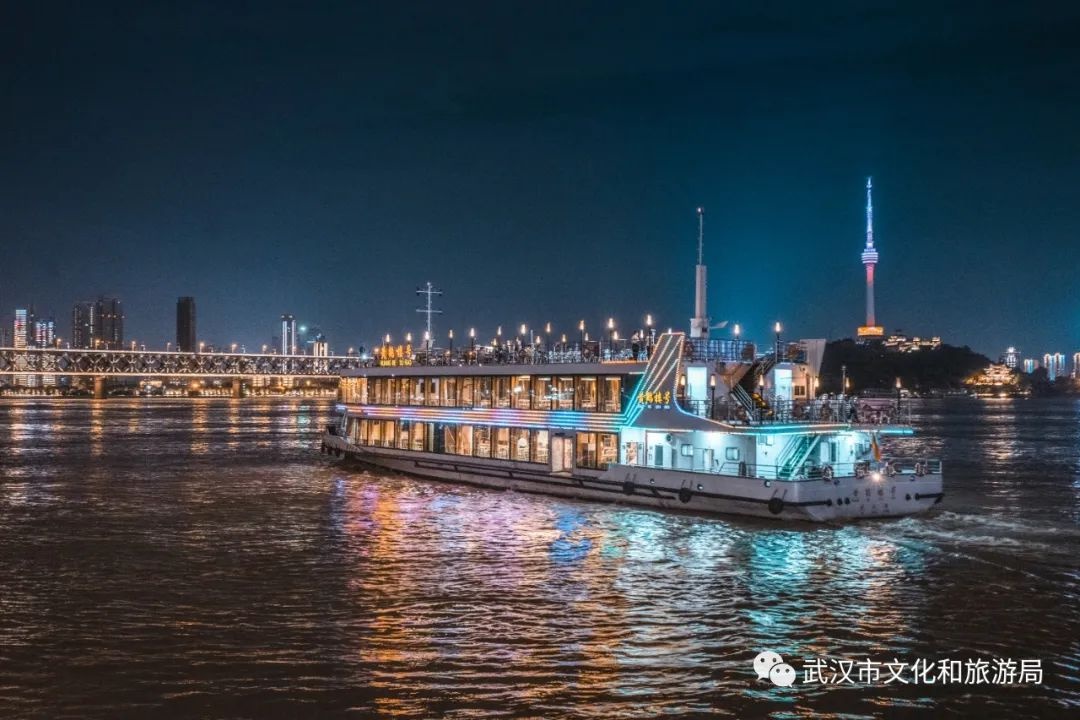
Because of its leading craftsmanship, marine engineering ships made from martial arts ships were exported to Western European countries such as Greece and Norway.
Level 039 submarine (picture comes from the Internet)
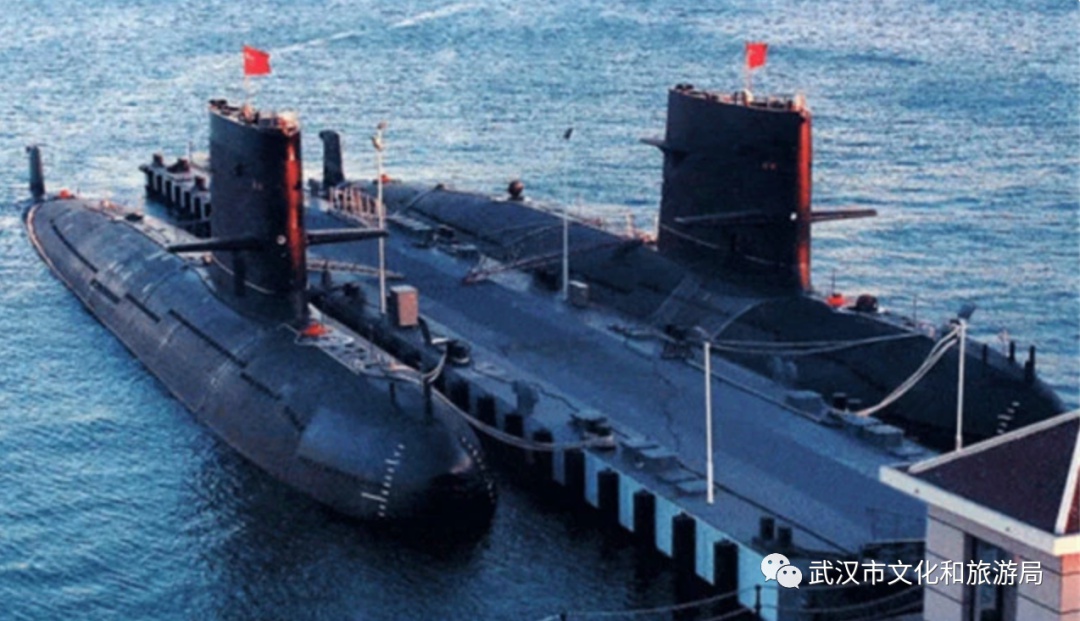
The "Wuchang Shipyard" has moved from the foot of the Yangtze River Bridge of the Parrot to Xinzhou District. A wider waters are waiting for the new ships to feel the river and waves.
Yangluo Port

On the surface of the river, the boat came and went. When a leisurely whistle sounded, Wuhan people stopped listening. This is the romance of the port city.
The cargo ship stays in Yangluo Port and Qingshan Port, and the story of Wuhan Wharf continues here. Two years ago, the cargo ship in Yangluo Port could reach Osaka and Nagoya. This is the first direct -to -external route in the middle and upper reaches of the Yangtze River. In 2021, Wuhan Port broke through the 2 million tanks of the container and entered the first part of the world's inland container port.
The ship came from the ocean and went to the ocean. The openness and exchanges brought by the dock have long been merged into the life of Wuhan people.
(Source: Wuhan Cultural and Tourism Bureau)
【Edit: Shang Pei】
For more exciting content, please download the "Da Wuhan" client in the major application markets.
- END -
The source of Italy -Ancient Roman Civilization Exhibition: Bridge of Eastern and Western Civilizations
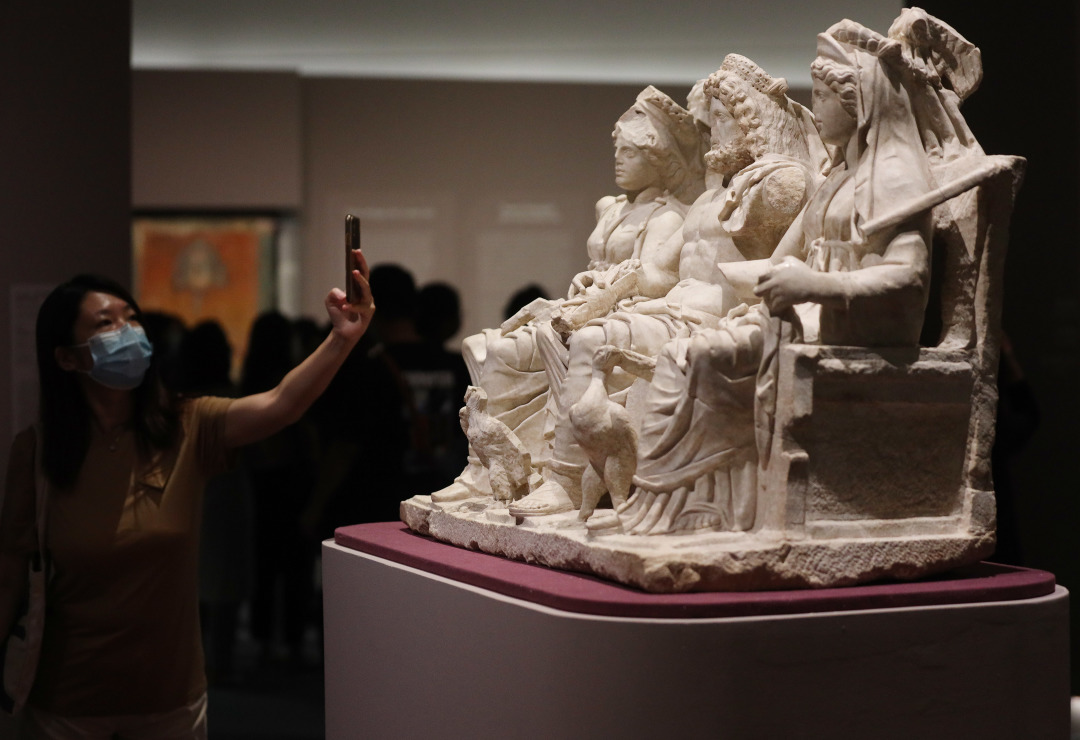
In the signed article published by President Xi Jinping in March 2019, China and I...
Dunhua Cultural Federation New Era "Red Literary Light Cavalry" Volunteer Service Team walked into Black Dingzi Village, Xia Nihong Town, Jiangnan Town
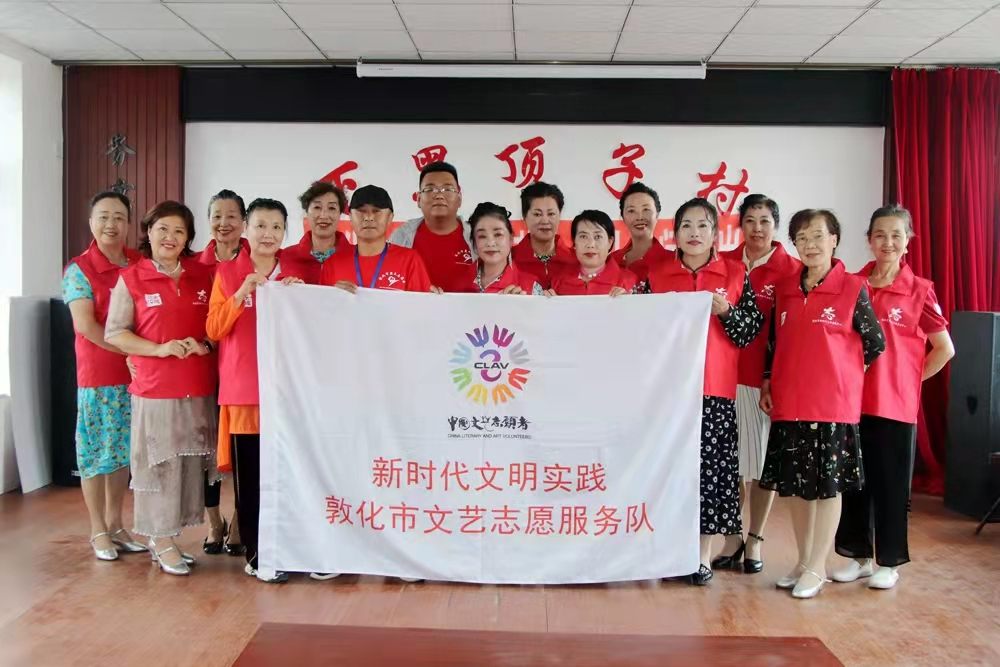
On July 15th, the Red Literary Light Cavalry volunteer service team in the new era...